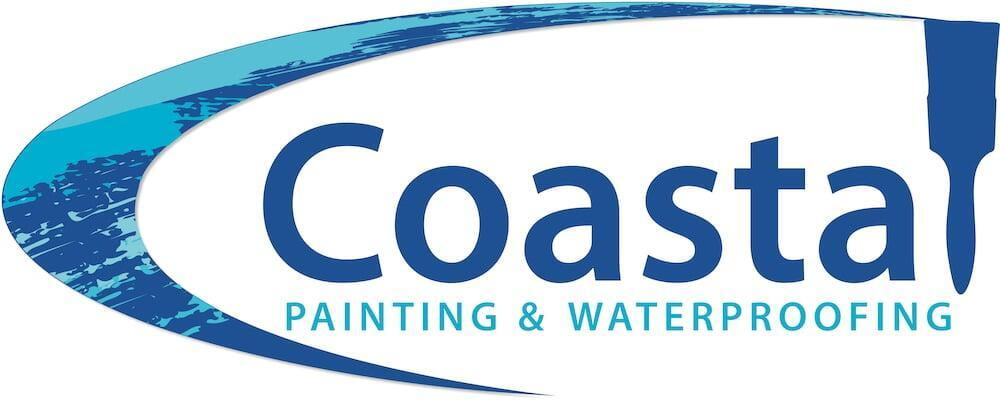Discovering a water leak during a storm is stressful – and definitely not on your list of fun ways to spend a cosy rainy day. However, when you witness a slow drip from the ceiling or water seeping through walls, acting quickly is the best strategy to minimise damage and costs.
Here’s a guide to help you stay calm in the storm and manage the situation until professional help arrives.1. Identify the source
1. Identify the source
First, try to pinpoint where the water is entering. Common culprits are roof tiles that have shifted, cracked flashing, clogged gutters, or poorly sealed windows. If it is safe to do so, check your attic or roof cavity for visible signs. However, never risk your safety during severe weather.
2. Contain the water
2. Contain the water
Place buckets, pots, or large containers under the leak to catch dripping water. If water is splashing, lay down old towels or plastic sheeting to protect flooring and furniture. For leaks running down walls, use towels to soak up excess moisture and prevent it from pooling.
3. Protect valuables and manage electricity
3. Protect valuables and manage electricity
Move furniture, electronics, and valuables away from the affected area. If water is near light fittings, plugs, or your distribution board, it is safest to switch off the electricity to that part of the house until the situation is under control. If you feel unsure, call a qualified electrician
4. Reduce pressure on the ceiling
4. Reduce pressure on the ceiling
If water starts to collect and form a bulge in your ceiling, this is a red flag because the ceiling material can eventually tear or collapse under the weight of the water. You may need to relieve the pressure to prevent sudden ceiling failure. Carefully poke a small hole in the centre of the bulge using a screwdriver or similar tool, and have a bucket ready underneath.
5. Use temporary waterproofing methods
5. Use temporary waterproofing methods
If the rain has cleared and it is safe to access the source, you can apply a temporary fix. Use a waterproof tarp, heavy-duty plastic sheeting, or roofing tape to cover or seal obvious gaps. Remember, these are short-term solutions and no replacement for a proper repair.
6. Document the water damage
6. Document the water damage
Take clear photos and videos of the leak, the surrounding area, and any damaged belongings. This can help with insurance claims and will also assist your waterproofing contractor in diagnosing the problem more effectively.
6. Call waterproofing professionals ASAP
6. Call waterproofing professionals ASAP
Emergency waterproofing is a stop-gap measure. A thorough inspection and repair are essential to prevent recurring leaks and structural issues. As soon as it is safe, contact a trusted waterproofing specialist for a detailed assessment and a lasting solution.
Can we leak a secret?
Can we leak a secret?
At Coastal Painting & Waterproofing, we know how unpredictable Cape Town’s storms can be. But we have plenty of expert waterproofing solutions to safeguard your property. If you are facing an unexpected leak, our professional team is ready to help.
Better yet – don’t wait for the next downpour to discover your property’s water-weak spots. Contact us today for an inspection and get your home appropriately protected to withstand the Western Cape’s wild winter weather.